Hey, Check Out Those Aggregates
I cannot overemphasize the importance of selecting the right type and quality of aggregates for each mix recipe. These aggregates, which greatly influence concrete properties and economy, occupy about 60% to 75% of the concrete's volume, or approximately 70% to 85% of the concrete weight.
I like to compare the operation of a good precast plant with the human body. In a concrete production facility, there are machines, or forms, that rely on a quality concrete mix in order to make a quality product. I liken these production stations to the arms and legs of a human body, and compare the mixing plant with the human heart.
For the arms and legs to function efficiently and correctly, they need good quality blood (consisting of the correct proportions of red corpuscles, white corpuscles and serum). Similarly, for the concrete production stations to make a top quality product, they need good quality concrete (consisting of the correct proportions of aggregates, cement and water). It doesn’t mater how good the machines (arms/legs) are, if the concrete (blood) is of poor quality, you can be assured that the final product will be of poor quality.
Because they make up such a large percentage of the final concrete mix, aggregates are obviously a critical component of the mix design. It is imperative for concrete producers to ensure that their suppliers are providing aggregates that meet ASTM C33, which is the standard specification for normal-weight aggregates. Precasters will want to specify grading limits and maximum size, which affect cement and water requirements, as well as economy, workability and durability.
For most precast applications, well-graded aggregates are the most suitable. By this I mean an aggregate that includes a collection of sizes (particle size is determined from a sieve analysis) that will enable all of the particles to fit together nice and tight, reducing the air voids. The result is a more compact, dense mix that will be strong, watertight and durable. A gap graded aggregate (all one size, for example) is not considered acceptable for normal mix designs, but might be used to obtain a uniform texture with an exposed-aggregate mix.
One of the most common reasons for poor strength results from dirty aggregates. Aggregates must be clean, if they are to be effective. Ensure that the aggregate supplier is properly cleaning the aggregates with a suitable cleaning system, not simply spraying them with a hose. The fine materials found in dirty aggregates seriously affect the hydration process and don’t allow the cement paste to properly bond with the aggregates. A simple way to check the cleanliness of aggregates is to pick some up in your hands, and rub your hands together – if there is dust on your hands, the aggregates are too dirty.
Aggregates need to be hard, strong and durable. Stay away from aggregates like shale, shaly rock, soft rock, porous materials and any materials that are easy to split. Particle shape and surface texture also influence concrete properties. Since rough-textured, angular particles need more water to produce a workable concrete than do smooth, round particles, they will require more cement to maintain the same water/cementitious ratio.
Another consideration that requires attention is the assurance that the aggregates are not alkali reactive. In other words, ensure that there will not be a problem with Alkali-Silica Reactivity (ASR). Although most aggregates are chemically stable in hydraulic cement concrete, some are not. The use of reactive aggregates in a concrete product that will be exposed to moisture will generally result in ASR, which can cause distress and crack the product.
Aggregates are important, and they need to be checked out, once in a while.
